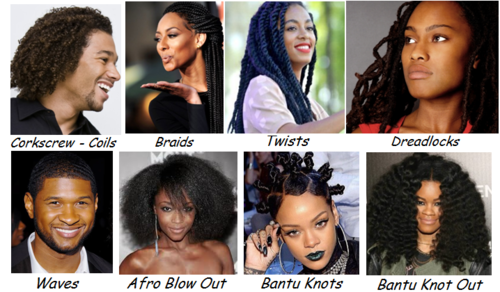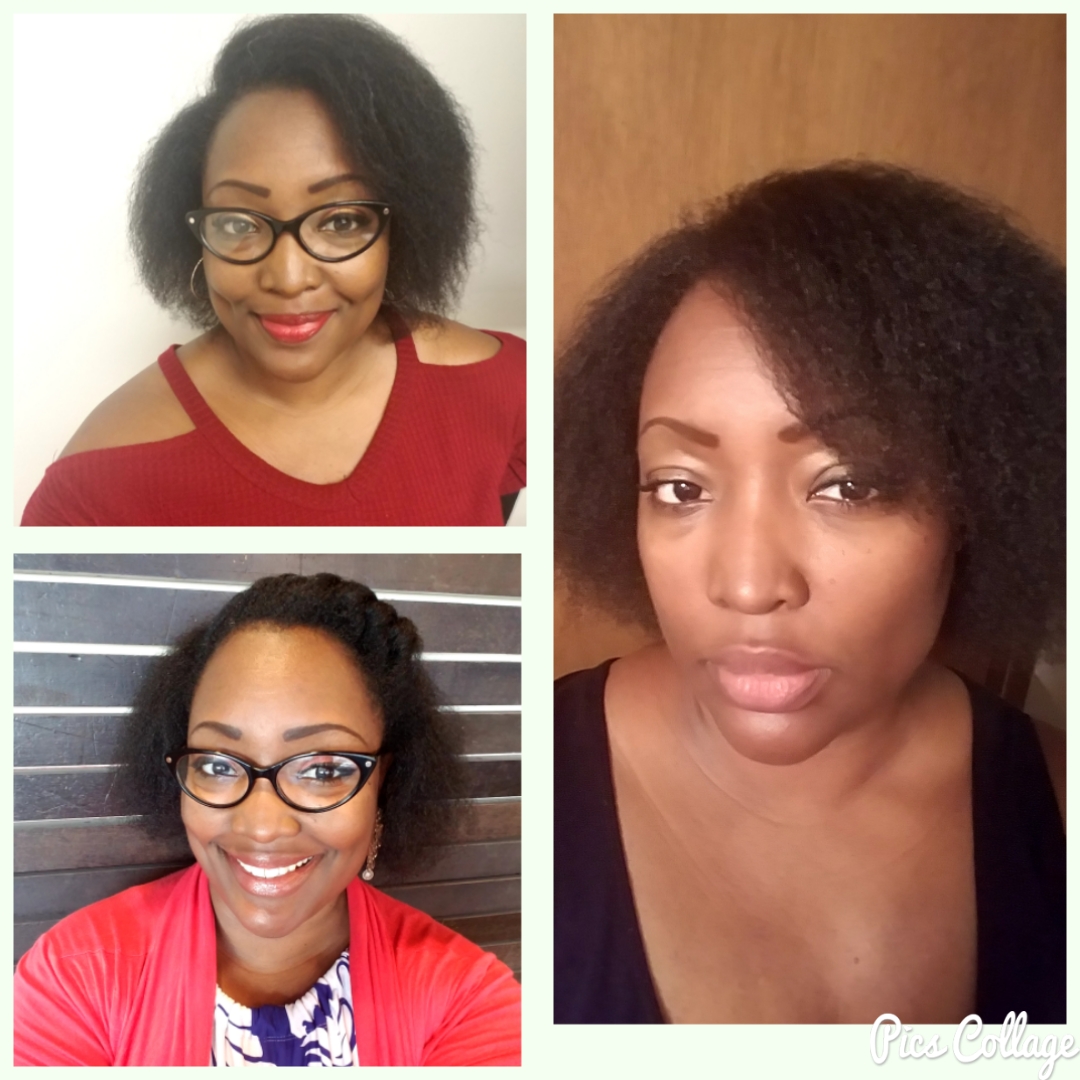February is Black History Month, and it is only appropriate to remind everyone, especially those of us who are African American, why our hair is beautiful. There are so many forces in the world that want us to believe differently, and sadly, many of us are listening to them. I’m here to say STOP IT! Stop listening to the lies when it comes to our hair and look at the beauty.
Texture
African American hair has beautiful texture. It has many different textures, not just one. No two heads of hair are alike. Some of us have fine, soft hair. Some have coarse, thick hair while others are somewhere in the middle. Our hair is coily, kinky and curly, and even our curl patterns are different. Different is what ultimately makes our hair unique. For the majority of us, our hair grows up and out as if our hair is trying to kiss the sun. Because of our hair texture, we can style our hair in a myriad of styles and not worry about our hair coming undone. That’s the beauty of having African American textured hair.
styles


Because of our textured hair, we can wear our hair in just about any style imaginable. Whether if our hair is relaxed or natural, our style options are endless. The term “Fried, dyed and laid to the side” is literally a thing! We can adorn our hair with beads, barrettes, bows and ribbons to enhance our look. The styling of our hair goes back centuries to many African tribes and how they braided and adorned their hair. The many braided styles had meaning and told stories of who you were and what tribe you came from, your families wealth and station. These styles were beautiful and intricate and time consuming to create. And they were created out of love.
Getting your hair braided was a time to socialize, a time of sisterhood among women young and old. You got advice on how to care for your children, how to cook and clean, how to treat your husband, how to get a husband. Oftentimes you got advice you didn’t ask for, but nonetheless needed and listened to because we respected and revered our elders. And of course, getting your hair braided was a time for juicy gossip!
natural, locs, braids, etc.

No matter how we decide to wear our hair, we rock it fearlessly. However, there is nothing more powerful and freeing than rocking a natural afro. No matter if it’s big or small, letting your hair stand up and out is not only dope, but it’s who we are. It’s part of our culture, our heritage. It’s how our hair grows out of our scalp. If you decide to loc your hair, it’s a journey of patience and love. Locking your hair doesn’t happen over night. Your hair will go through many stages before it’s fully locked. All of these stages represent growth and maturity and beauty blossoming.
Braids are the most common and ancient of hairstyles worn by African Americans. They can be simple or intricate, big or small braids. They can last for weeks or days or however long you decide to keep them. You can braid your own hair or have synthetic or human hair weaved into your own to create beautiful, unique styles.

No matter what style you choose to wear your hair, it can be professional, elegant or casual for any and all occasions. Unfortunately we are seeing African American hair policed and discriminated against in schools and the workplace more and more. Ever since Africans were forcibly transported to American soil to be made slaves hundreds of years ago, we have been forced to assimilate to white standards. We still see this forced assimilation today. Dress codes for jobs, school, the military all include rules against natural African American hair. We can’t change the color of our skin, but we can be forced to alter the texture of our hair to be acceptable in the eyes of white people. It makes no sense.
Laws are slowly being put in place in various states to end hair discrimination against African Americans. It’s a shame that in this day and age we still have to fight to wear our hair the way it grows out of our scalp. Not a mohawk dyed every color in the rainbow, not some other outlandish hairstyle. Our natural God-given hair. Let that sink in for a moment.
We’ve come far but have further to go
I’ll be glad when hair discrimination is a thing of the past. I’ll be even happier when more black people learn to embrace and love their natural hair and not be afraid to wear their hair in it’s natural state. So many of us have been brainwashed into believing that our hair is ugly if it isn’t straight. We still hear our elders say that we need to straighten our hair, that our hair would look nicer if it wasn’t so kinky or nappy. It hurts me to hear this, but I’m so glad that we have a generation of people who know the beauty of natural hair. I’m happy that there are many out here advocating and teaching others the beauty of natural African American hair. Our hair is and will always be beautiful, presentable, professional, and elegant. Our hair is black history.












